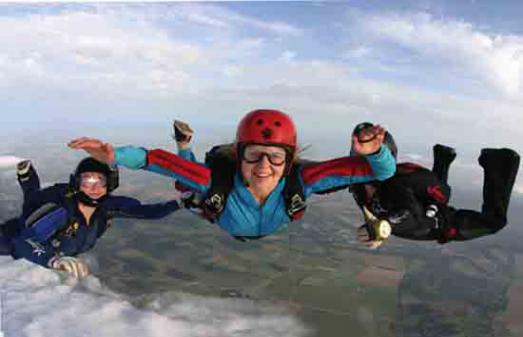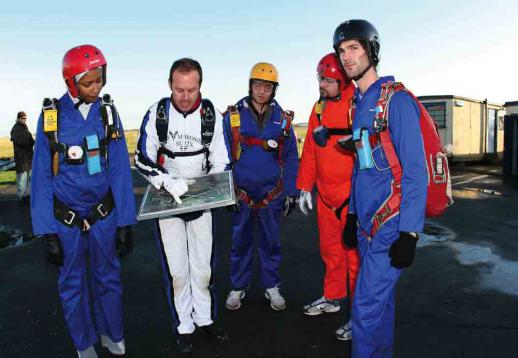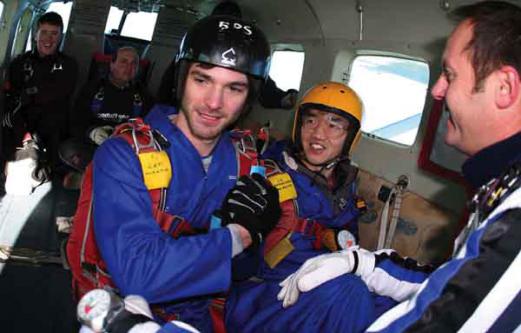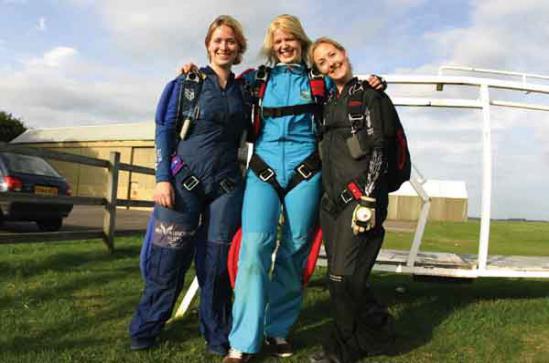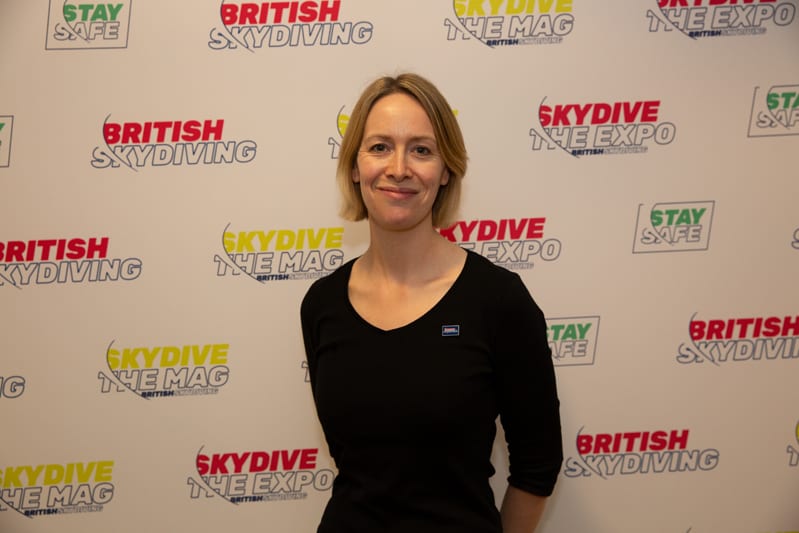As you would imagine, you can go from a CSBI rating to a CSI course, an AFBI rating to an AFFI course, and a TBI rating to a TI course. As an added quirk, you can also go on an AFFI course as a CSBI or CSI (ie, not necessarily an AFFBI), and on a TI course from any previous instructional rating, provided you meet the jump number and freefall time requirements. These are 800 jumps and eight hours for tandem, and 1000 jumps and ten hours for AFF.
You also need a British Skydiving C Licence to become a static line or tandem instructor, a D Licence for AFF, and a packing certificate and two years in the sport for all three ratings. If you will be talking down students rather than strapping them to the front of you, you will also need to learn how to use a radio correctly, plus take a test to gain a parachuting radio operators certificate of competence from the Civil Aviation Authority.
AFFI candidates must also hold a British Skydiving Canopy Handling Coach qualification, and this is a useful step for CSIs too.
“You’ll be helping many new skydivers to take that first leap and achieve something they dreamed of.”
So far, so good. You’ve jumped through whichever of the hoops in the last paragraph applied to you, and successfully completed whichever BI course you chose to take. Now comes the real learning. You’ll spend a minimum of six months (this can be less for tandem) practising your new skills and fine-tuning them back at your home DZ.
This is a task generally agreed to be hard work but very rewarding. It’s not so much that any part of it is particularly difficult, it’s more just the sheer volume of work to be done. If, like most, you only jump on weekends, then expect the majority of them to be dedicated to working towards your second British Skydiving course.

